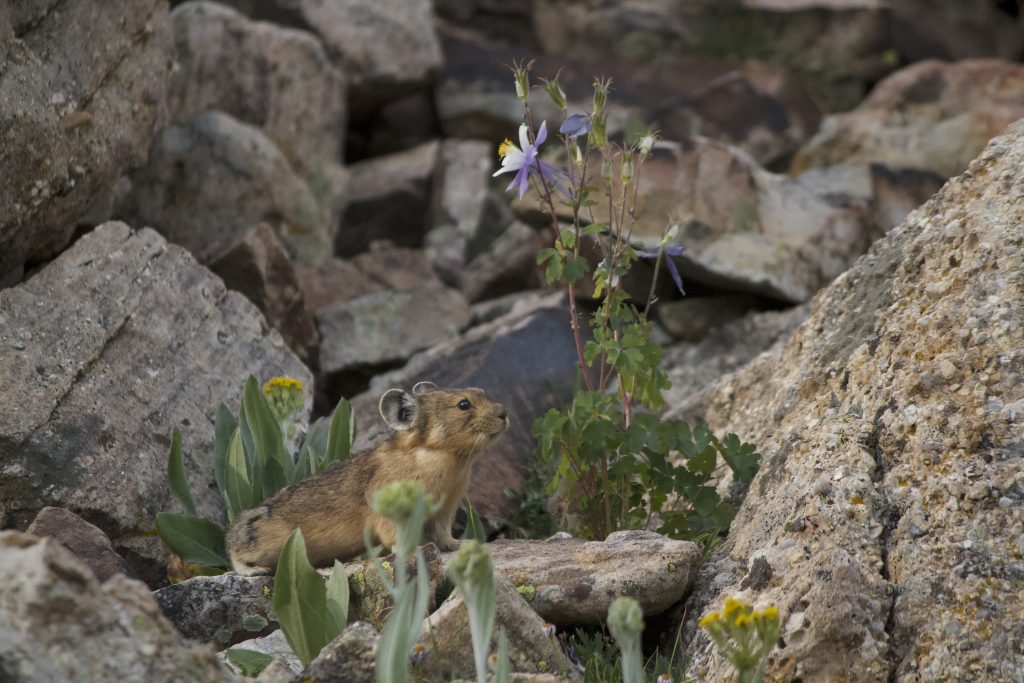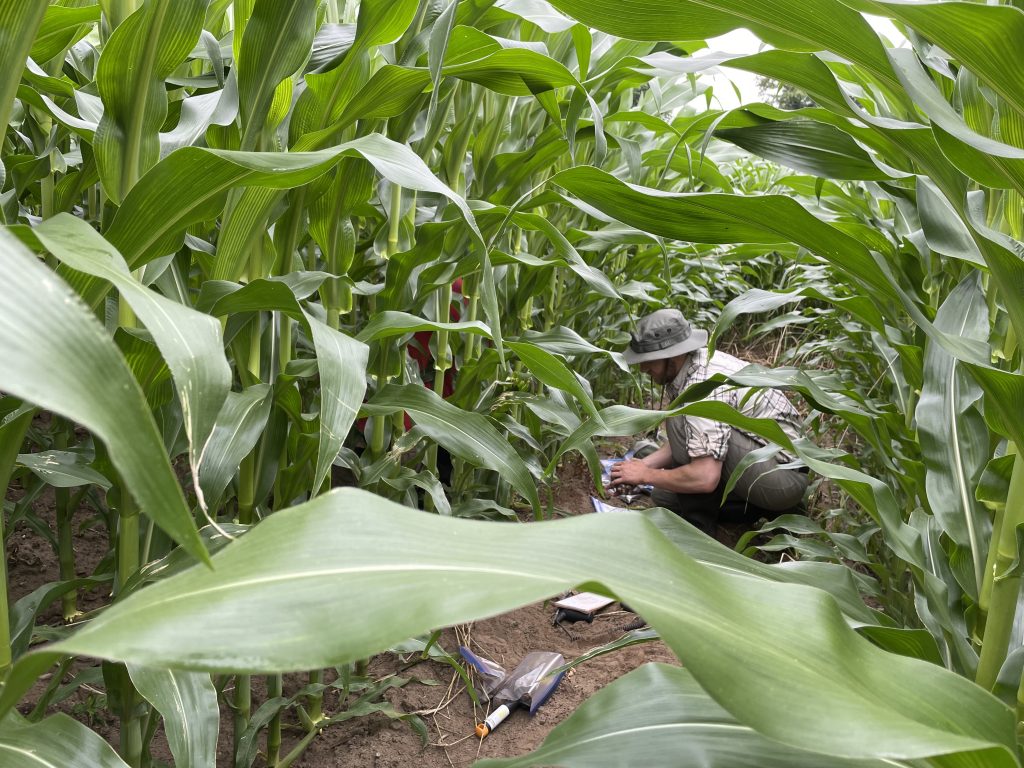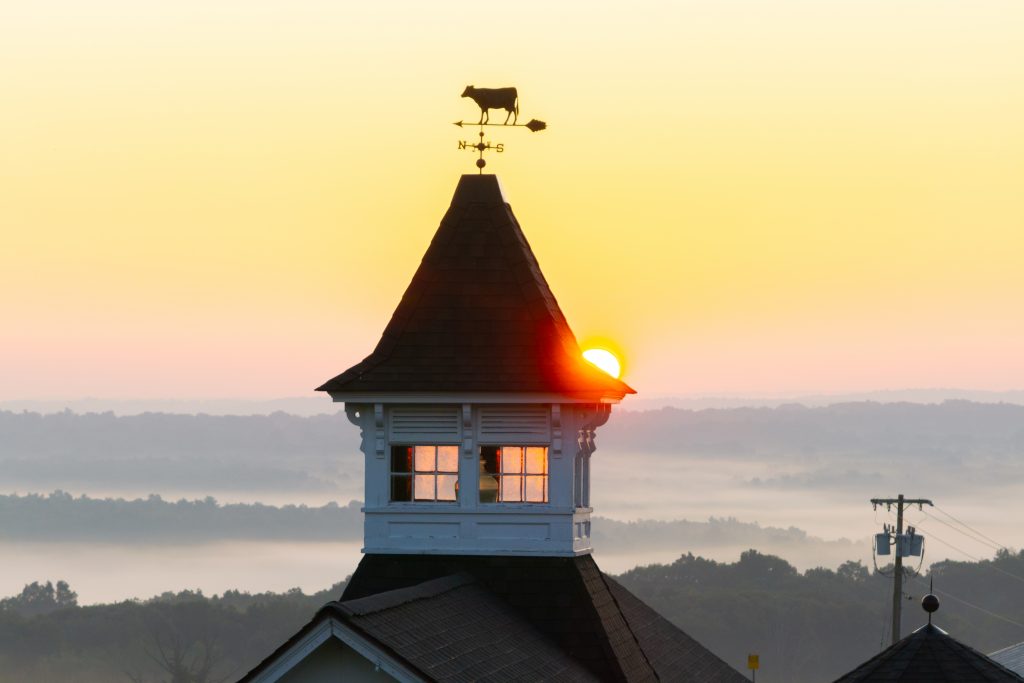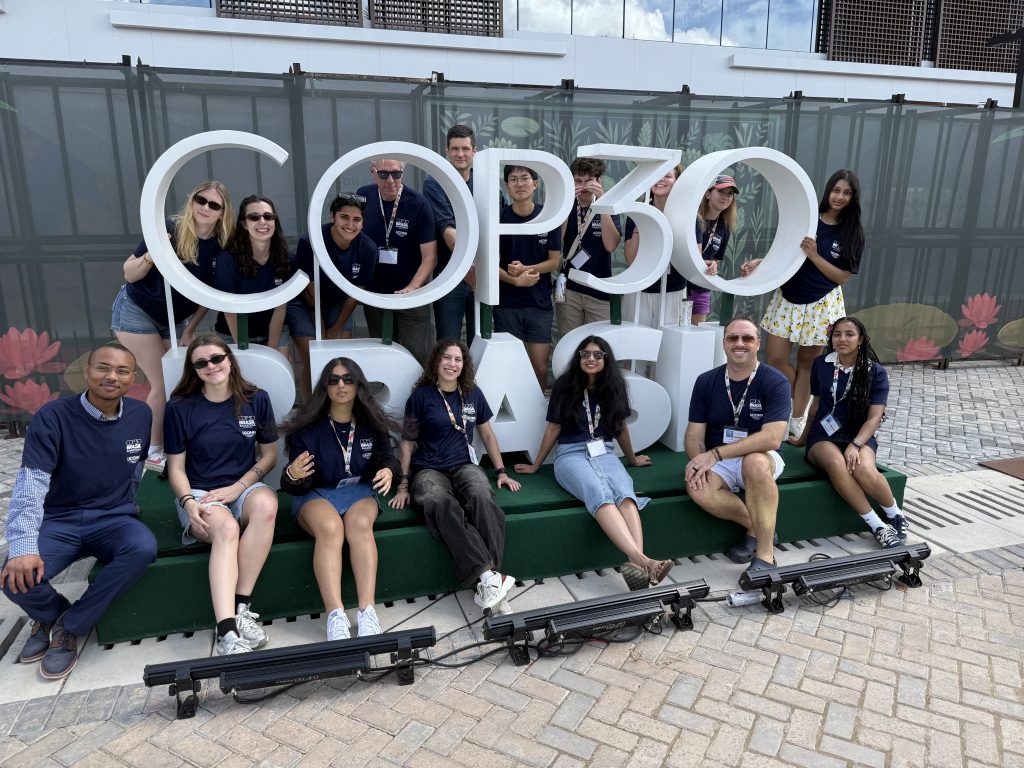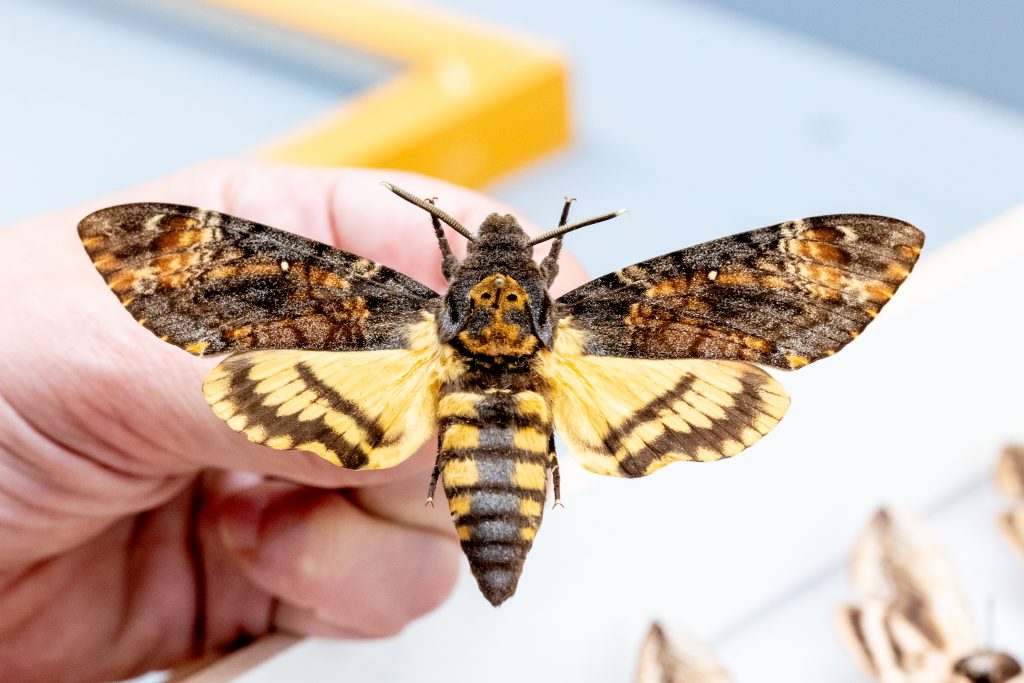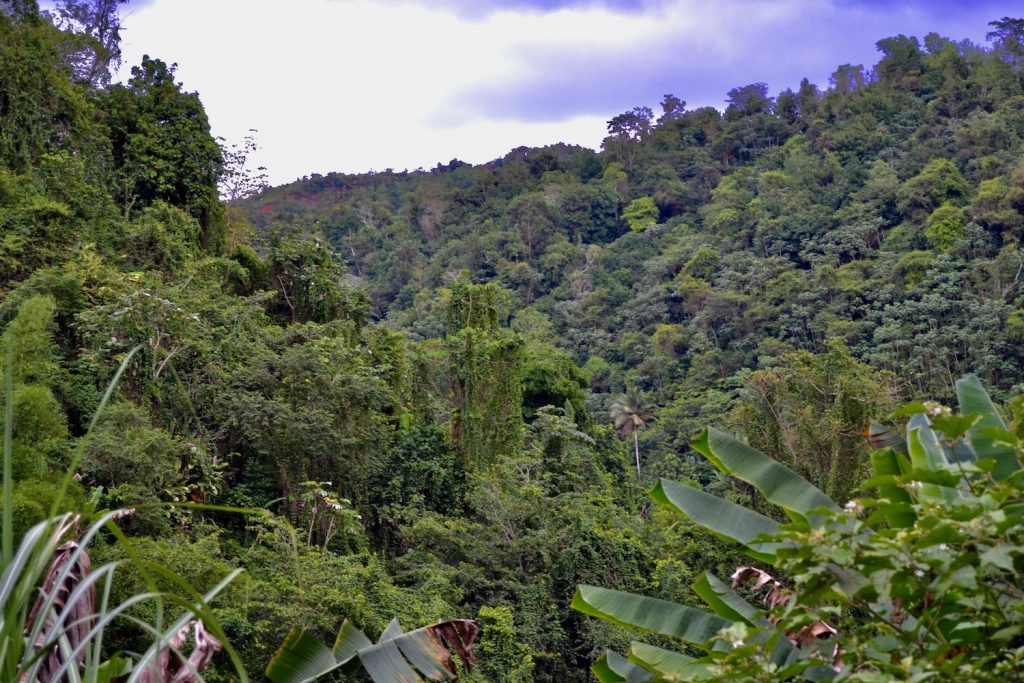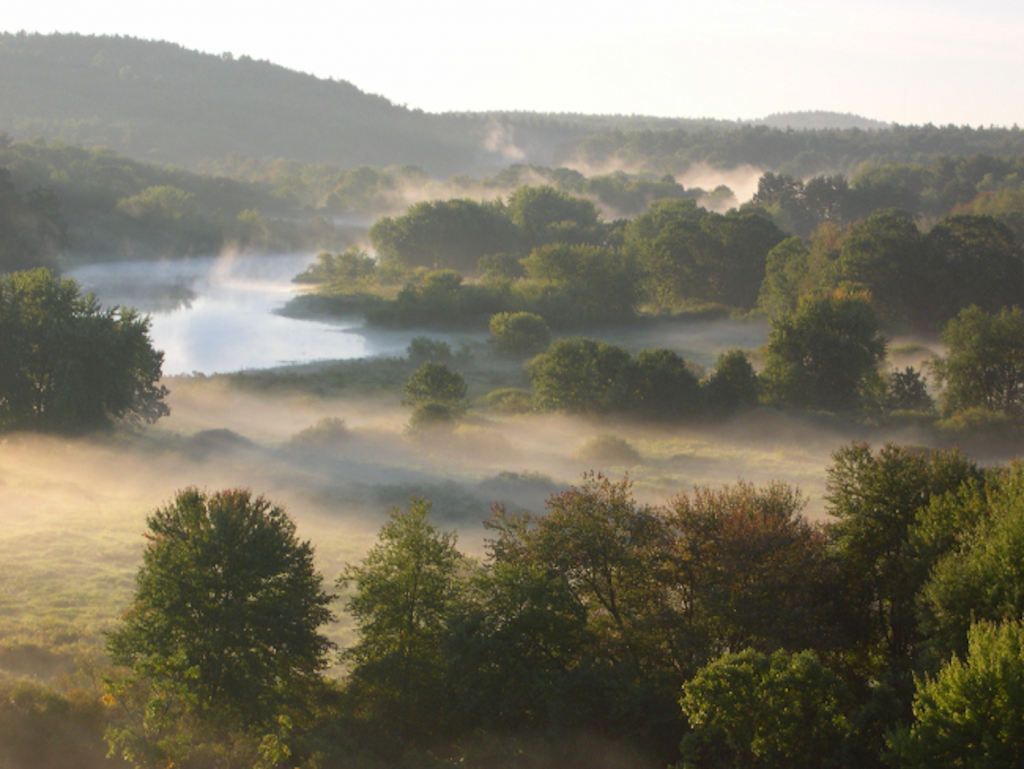
Elaina Hancock
Author Archive
Snapshot: Tracking Adorable Climate Change Indicators
American pikas are mountain-dwelling canaries in the coalmine for climate change
January 6, 2026 | Elaina Hancock
Water’s Age and What It Can Tell Us
An extra level of information gives new insights into a longstanding assumption
December 29, 2025 | Elaina Hancock
When Navigating a Timeline Full of Crises, It’s Good to Have a Halo
Crisis communication and research are growth industries
December 4, 2025 | Elaina Hancock
An Uncommon Collaboration: UConn Researchers Help CT Prepare for Wildfires
'No wildland fire in Connecticut should be a surprise at this point, given what we know'
December 2, 2025 | Elaina Hancock
UConn Students in Belem: First Impressions from COP30
Experiences and skills not taught in the classroom – UConn@COP is program unlike any other
November 24, 2025 | Elaina Hancock
Tracing Mountain Water to Its Hidden Sources
Field data and modeling provide insights into predicting what impacts vital mountain headwaters
November 13, 2025 | Elaina Hancock
Tales From the Collections
Collecting, skinning, and skeletonizing – for science!
October 30, 2025 | Elaina Hancock
Beavers Impact Ecosystems Above and Below Ground
'We need to understand the trade-offs and benefits'
October 27, 2025 | Elaina Hancock
A New AI-Based Method to Help Prevent Biological Invasions
A strategy to take advantage of new datasets and machine learning tools
October 20, 2025 | Elaina Hancock
Place Matters. History Is the Result
History and 'deep history' answer the question: Why Concord?
October 9, 2025 | Elaina Hancock
